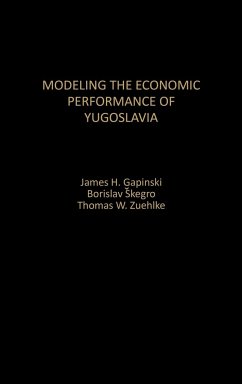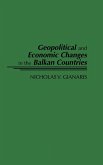The culmination of work begun in 1985 by the authors under the joint sponsorship of the Ekonomski Institut Zagreb and Florida State University, this book posits the most comprehensive and relevant model yet developed to explain the workings of Yugoslavia's economy. The authors have developed a model that is both theoretically oriented and empirically relevant--ensuring its appropriateness for recommending and evaluating alternative policy remedies for the acute problems of inflation, unemployment, and foreign trade now facing Yugoslavia, a country until recently noted for its economic successes. Already chosen to represent Yugoslavia in the ongoing international Project LINK, a global system for tracking and forecasting the economic conditions of some eighty countries and regions, the model is distinguished by its policy emphasis and by its ability to capture the fundamental divisions of the Yugoslav economy. Students and scholars of socialism, Marxism, and comparative economics will find this a major contribution to the literature of economic modeling. The book begins by providing essential background information about Yugoslavia including highlights of the country's economic experience, special features of its economic structure, the composition of its political system, the operation of its financial system, and the behavior of firms. Part two includes four chapters which examine the different components of the Yugoslav economy and review the theoretical basis and empirical performance of the equations which describe those components. A separate chapter presents the complete model, called the EIZFSU Mark 1.0 in recognition of its major sponsoring institutions. In the final part, the model is used to study policies for improving the performance of the economy and obstacles to their implementation. An appendix describes and quantifies the variables used in the model while a list of references provides additional information for the researcher who wishes to pursue further study in this area.








